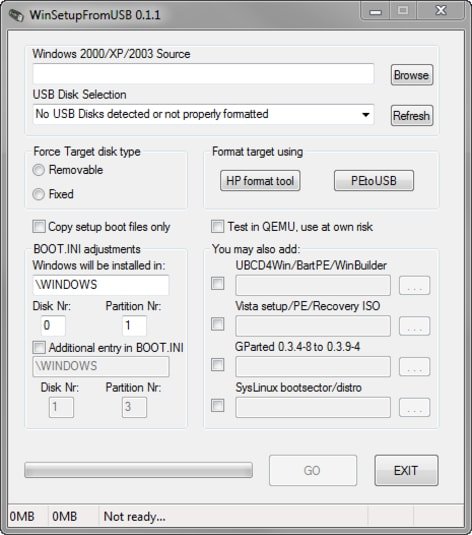



Discs can be easily scratched, while well-built USB flash drives can generally handle a bit of abuse. To start, USB media is more durable than disc-based media. Admittedly, the time and effort of creating the drive might make it best-suited for system builders, but for people like us, who juggle test machines, USB is a no-brainer. Method 5 – Windows 10 Media Creation ToolĮven if the target desktop or notebook has an optical drive, there are a couple of reasons to consider first creating a USB-based installer.Method 4 – Microsoft Windows 7 USB/DVD Tool.However, there are times when a flash drive has some quirk that prevents it from working with a particular solution, so for that reason, this article takes a look at five different methods. This is a tool from AskVG.Creating a bootable Windows USB drive used to be a chore, but today, one solution can pretty-well suit most people. It has a super-simple interface and minimum buttons to avoid confusion of new users. This is a straightforward and ultra-small tool that accomplishes its job as you expect. XBoot can create ISO image from files and then write these files to the USB drive for booting or installation. It combines multiple tools in ISO image making it more useful than just a USB creating tool. You can create a rescue CD or a disk having multiple operating systems or tools like antivirus rescue CD. This is more than just a bootable USB maker. Though the interface is simple, non-expert users may find it difficult to use.When you prepare the USB drive using ‘WinSetup From USB’ you will be presented with the list of operating systems installed on the thumb drive and select the preferred operating system to boot from.WinSetup From USB let you install Windows XP, Windows Vista, Windows 2000, Windows 7, Windows 10, any Linux distribution.This is also a tool for those who want to install multiple operating systems on one USB device.


 0 kommentar(er)
0 kommentar(er)
